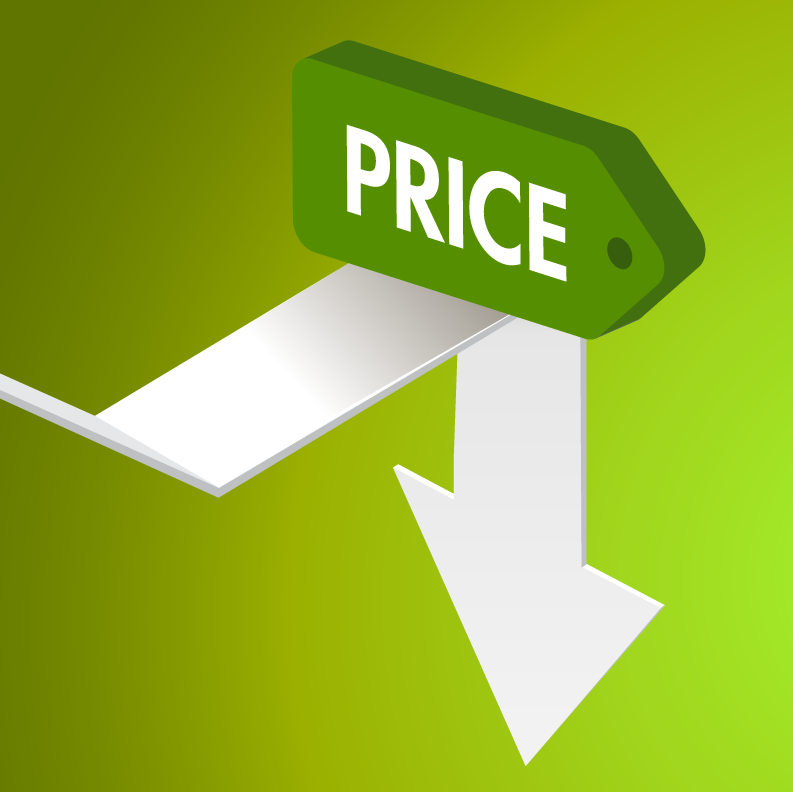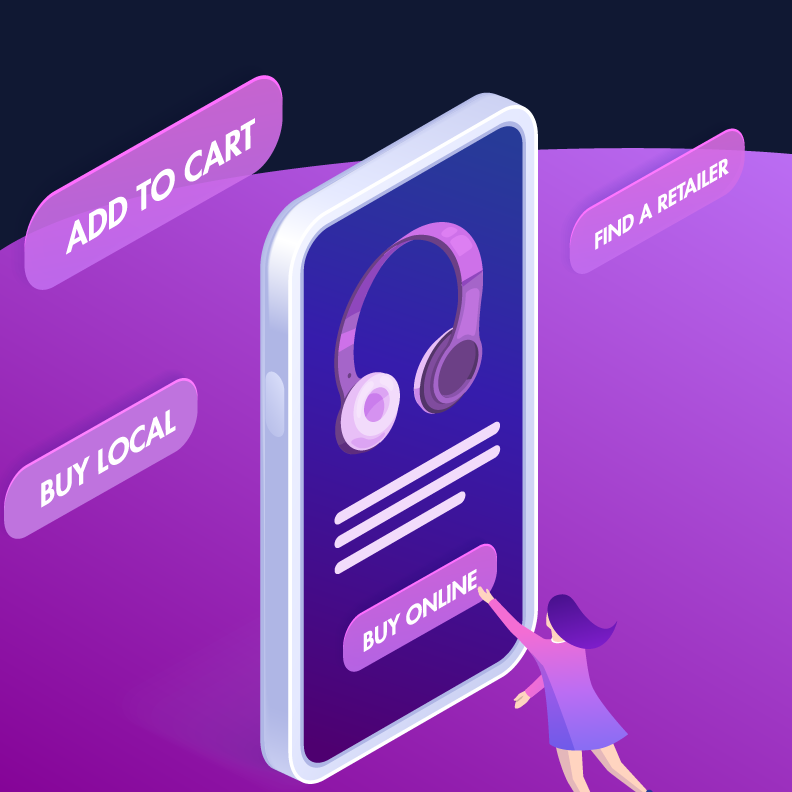There are products you buy online — and products you don’t.
Toothpaste, toilet paper and shampoo? Those purchases aren’t likely to require much deliberation. Most shoppers will hit “buy now” or “subscribe” within a matter of minutes.
But equipment that’ll hold an infant? That’s the kind of purchase that takes time.
“Buying a baby stroller is not a personal impulse,” Christopher Grech-Cini, sales manager at Newell brand Baby Jogger®, recently told Rithum. “It’s a family event. Consumers research products online and then visit the store to touch, feel and try long before they make a purchase.”
Grech-Cini would know. As Baby Jogger’s sales manager, he works exclusively with independent retailers. The company’s award-winning strollers are available both online and in-store through 100 partners. And each of those retailers plays an essential role in the consumer buying journey.
“High-street retailers and online retailers…form an ecosystem,” he said. “In my experience, one doesn’t work without the other. So I need to keep them all happy and healthy.”
It’s challenging, to say the least. Yet even in the midst of difficulties, Baby Jogger managed to not only open 11 new doors but also reactivate five that had previously fallen out of love with the brand.
So, how did they do it?
Finding the right strategy
It can be easy to view online and offline retailers as little more than head-to-head competitors. In reality, however, the two need one another to thrive. Many online retailers need the kind of product visibility only brick-and-mortar stores can provide. And physical retailers need online partners to keep products front and center as consumers research online.
Keeping the two in harmony isn’t just critical for sales and retail. Failing to do so can lead to costly consequences, too.
As Grech-Cini describes it, otherwise popular products can even “die” because of the imbalance that results. This happens when high discounts online lead to reduced sales offline — which causes brick-and-mortar stores to push products off the floor. Eventually, the reduced in-store visibility leads to lower online sales as fewer consumers are compelled to look into a particular product.
To prevent this from happening at Baby Jogger, Grech-Cini developed a proactive strategy — one that would empower the brand to meet two very different needs simultaneously.
“We need to manage the expectations of high-street retailers and, at the same time, feed the hungry mouths of e-commerce retailers with the promotional activities they need to succeed online,” he said.
To achieve both, he turned to analytics.
Developing data-driven decisions
To help guide Baby Jogger’s distribution online, Grech-Cini turned to a brand analytics platform to build out easy-to-understand daily and monthly reports. His team relies on these reports to stay ahead of any potential issues and strengthen relationships with retailers.
For example: Retailer reports allow his team to see, at a glance, how many retailers are promoting Baby Jogger products and diversifying offers. When those reports show a downward trend in adoption, they use those insights to reach out to retailers and see what kind of help might be needed.
By tracking prices, Grech-Cini can also identify patterns in promotional activities and see when retailers aren’t actively engaged. This information can then be used to identify when it might be time to help subsidize offers or see how else the brand can help.
And because the data helps him better understand different situations from the retailers’ points of view, he can make informed decisions that benefit both parties.
“After tracking for a while, we can start to identify patterns,” Grech-Cini said. “We can see who is driving sales activity and where it’s coming from, and we can take action to ensure retailers adopt more products and diversify their offers.”
By the time all was said and done, Baby Jogger was able to increase its number of retailer product URLs by 50%. And it’s not just online retailers that are benefiting from the analytics-first approach. The number of in-store retailers that sell and promote Baby Jogger has increased, too.
Wondering how your brand can have similar success? Now more than ever, it’s critical to stay ahead of day-to-day trends and changes. And Rithum Brand Analytics can help you do just that. For more inspiration to help guide you through the many complexities of retailer relationships, take a look at these equally inspiring success stories to see what can be achieved with the right data:



